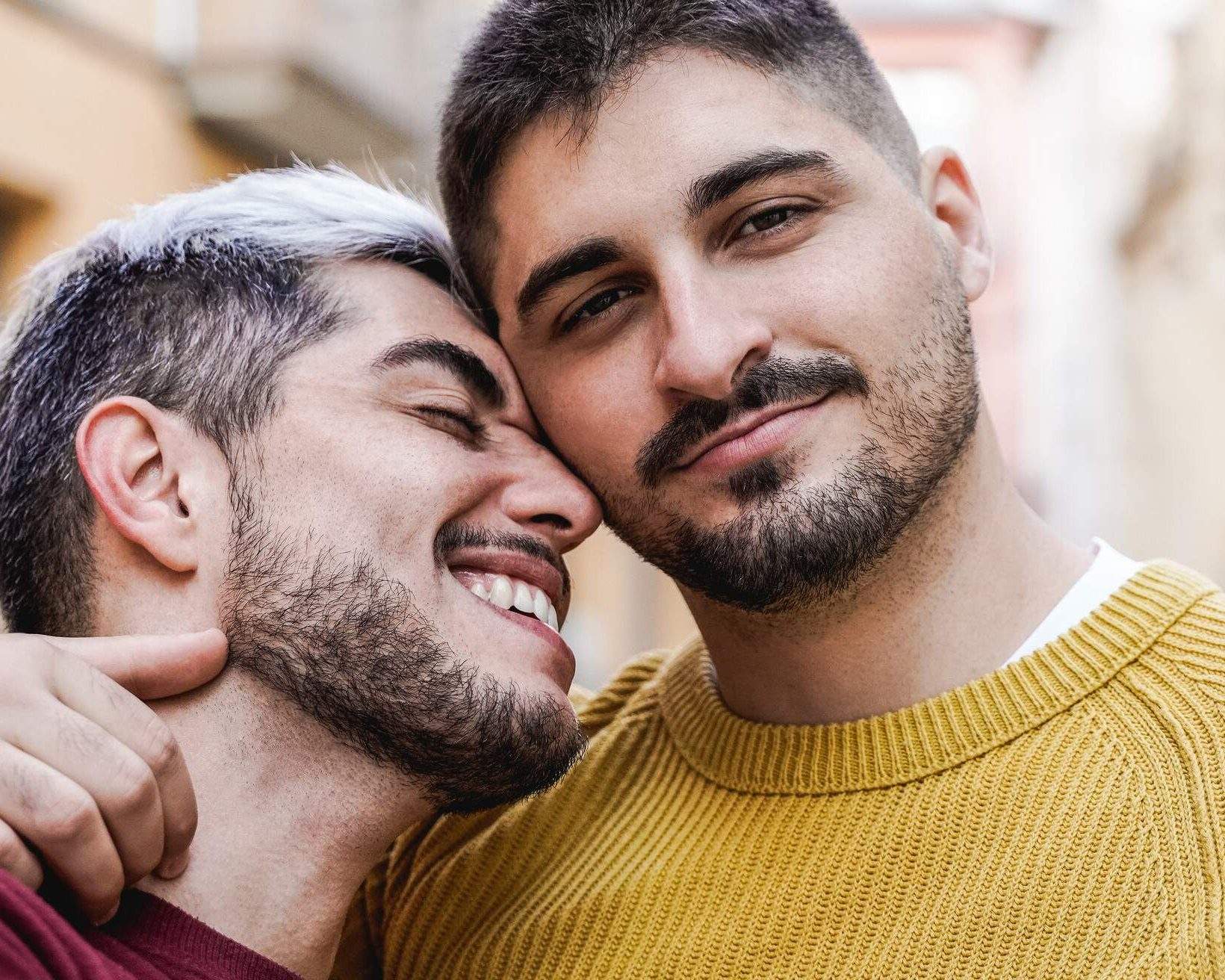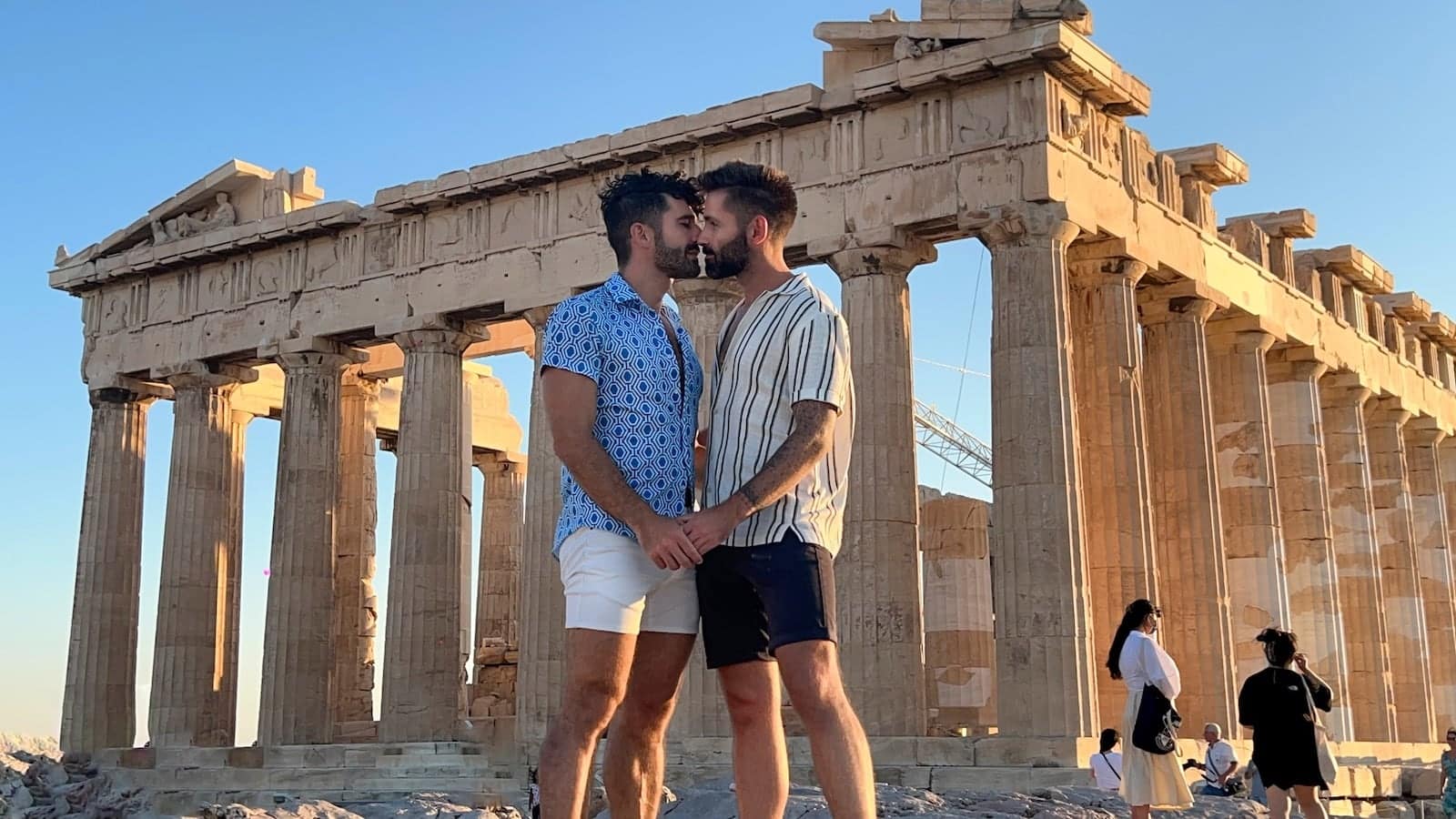Exploring Gay Identity And Online Spaces - Twitter Connections
Table of Contents
- What Does Being Gay Really Mean?
- How Does Gay Identity Show Up on Twitter?
- The Story of Gay Labels and Online Talk
- Are LGBTQ+ Rights Discussed on Gay Face Sitting Twitter Discussions?
- Sex Education and Gay Online Spaces
- The Importance of Inclusive Conversations on Twitter
- Understanding Prejudice and Discrimination in Online Gay Communities
- A Note on Legal Matters and Gay Online Content
What Does Being Gay Really Mean?
To begin, it helps to get a clear idea of what we mean when we talk about being gay. Basically, sexual orientation describes a lasting pattern of emotional, romantic, or even physical attractions someone feels for other people. This could be attractions to men, to women, or to both sexes, actually. It's a pretty important part of who a person is, encompassing not just who they might feel drawn to in a loving or intimate way, but also how they behave and who they choose to connect with in their social circles. The term "gay," you know, typically points to a person who is homosexual, meaning they experience these attractions towards people of their own sex. While it's often used to talk about men, the term can certainly apply more broadly.
Historically, the word "gay" had a rather different feel to it. It used to mean something more like "carefree," or "cheerful," even "bright and showy." But over time, it pretty much became a stand-in for "homosexual." Female homosexuality, for instance, is very often called lesbianism. It's interesting how words change their meaning, isn't it? What's really worth remembering is that no one truly knows why any individual person is gay. The general thought these days, however, is that being gay isn't a choice someone makes. It's just a part of who they are, a very deep aspect of their identity, in a way. So, when people use the word "gay," they're generally talking about someone who feels a romantic or sexual pull towards others of their same sex, and this is most commonly associated with gay men, as a matter of fact.
How Does Gay Identity Show Up on Twitter?
Given what we've just talked about concerning gay identity, it's worth considering how this personal aspect of someone's life might appear on a platform like Twitter. Twitter, as you know, is a place where people share all sorts of thoughts, feelings, and parts of their lives. For many gay individuals, it can be a spot to express their identity, connect with others who have similar experiences, and find a sense of community. This could involve sharing stories about their lives, talking about the joys and challenges of being gay, or simply finding people who understand them. It’s a space where different lesbian, gay, and bisexual people, in fact, can have very different experiences regarding their sexual orientation, and Twitter often lets those unique stories come through.
- Tristen Snell Twitter
- Shannon Drayer Twitter
- Ekane Big Moose Twitter
- Proud Elephant Twitter
- Missamberfields Onlyfans
Some people, for example, know from a very young age that they are lesbian, gay, or bisexual. For them, Twitter might be a place where they've always felt comfortable being open about this part of themselves. Others might discover their sexual orientation later in life, and for them, Twitter could be a helpful spot to explore these feelings, find resources, or connect with others who have been through similar journeys. The platform, in some respects, provides a way for people to find others who share their specific attractions, whether those are emotional, romantic, or sexual. It's a bit like finding a digital gathering spot where people can just be themselves, and that's pretty important for many.
The Story of Gay Labels and Online Talk
The language we use to talk about sexual orientation, and the way those words have changed over time, is pretty interesting. You might wonder, for instance, what all the letters in "LGBTQIA+" actually mean. It's an abbreviation that stands for lesbian, gay, bisexual, transgender, queer or questioning, intersex, asexual, and more. These terms, as a matter of fact, are used to describe a person's sexual orientation or gender identity. Knowing the history of these labels and how they came to be is, in a way, a part of understanding the broader conversation around identity, which often plays out on platforms like Twitter.
People often use Twitter to talk about these terms, to explain what they mean to them, and to share how they identify. This kind of open discussion helps to build a more inclusive atmosphere, where people can learn from each other. The word "gay," in the context of LGBTQ+ identity, typically refers to someone who is sexually or romantically drawn to people of their own sex or gender. So, you might see people on Twitter using these terms to describe themselves, to find others who share their identity, or to simply talk about what these labels mean in their daily lives. It's a way of making connections and sharing experiences, which is, you know, what social media is often all about.
Are LGBTQ+ Rights Discussed on Gay Face Sitting Twitter Discussions?
It's very common to find discussions about LGBTQ+ rights happening on Twitter, and this certainly includes conversations within the gay community. Human Rights Watch, for example, is an organization that works hard for the rights of lesbian, gay, bisexual, and transgender people. They also work with activists who represent a whole bunch of different identities and issues. These kinds of efforts often find a voice on social media, where people can share information, advocate for change, and raise awareness about important topics.
During its 2020 universal periodic review cycle, the United States of America, for instance, received recommendations from countries like Iceland, Belgium, France, and Malta regarding LGBTQ+ rights. This shows that the topic of LGBTQ+ rights is a global one, and these discussions, you know, frequently spill over into online spaces. People on Twitter might share news about these recommendations, talk about what they mean for their communities, or organize around specific issues. So, while a specific search term like "gay face sitting twitter" might bring up various kinds of content, it's pretty likely that broader conversations about human rights and equality for gay individuals and the wider LGBTQ+ community are also taking place.
Sex Education and Gay Online Spaces
A topic that often comes up in conversations about LGBTQ+ well-being is the desire for better, more inclusive sex education. Research has shown that gay and bisexual adult men, as well as trans people, have often looked back and wished they had received more comprehensive and welcoming sex education. This feeling, you know, of wanting more information and understanding, often leads people to seek out resources and discussions online. Twitter, in a way, can become a space where people share information, ask questions, and discuss what inclusive sex education should look like.
For many, finding accurate information about sexual orientation and healthy relationships is very important, especially if they didn't get it in formal educational settings. So, you might find individuals and groups on Twitter sharing articles, linking to educational resources, or just talking about their experiences with sex education, or the lack thereof. This kind of sharing helps to fill gaps and build a more informed community. It's a place where people can learn about sexual and emotional attraction, and how these aspects fit into a person's identity, which is, you know, a pretty vital part of growing up and understanding oneself.
The Importance of Inclusive Conversations on Twitter
Creating welcoming spaces, especially online, is really quite important for everyone, including gay individuals and the broader LGBTQ+ community. Different lesbian, gay, and bisexual people, as a matter of fact, have incredibly varied experiences when it comes to their sexual orientation. Some people know very early on, while others might figure things out later in life. These diverse paths mean that conversations need to be broad and open to many different perspectives. Twitter, with its wide reach, can be a spot where these varied experiences are shared and understood.
The platform allows for a wide range of voices to be heard, from those talking about their personal journey of coming to terms with their identity to those discussing the nuances of sexual and emotional attraction. This kind of open dialogue, you know, helps to build a more supportive environment. It also provides a place for people to find others who might share a specific interest or identity, making it easier to connect with like-minded individuals. It’s about fostering a sense of belonging and ensuring that everyone feels seen and heard, which is, honestly, a pretty big deal in the digital world.
Understanding Prejudice and Discrimination in Online Gay Communities
Unfortunately, even in online spaces, prejudice and discrimination can sometimes show up. It’s a sad truth that people who are lesbian, gay, bisexual, or transgender sometimes face unfair treatment or negative attitudes. There are resources, like brochures designed to give accurate information, for those who want to better understand sexual orientation and the impact of prejudice and discrimination. These kinds of resources, in a way, are often shared and discussed within online communities, including those on Twitter.
For instance, there are anti-bullying programs aimed at raising awareness about gay, lesbian, bisexual, and transgender people, and these often have an online component. These efforts are about making sure that everyone feels safe and respected, both in person and online. Similarly, there are programs focused on helping gay and bisexual men recover from conversion therapy, which is a harmful practice. Discussions around these serious topics, you know, often happen on Twitter, where people can share their stories, find support, and advocate for change. It’s a place where the impact of prejudice and the need for acceptance are very much talked about, and that's pretty vital.
A Note on Legal Matters and Gay Online Content
It's important to remember that even in online spaces, legal rules and protections apply. While much of the conversation around gay identity on platforms like Twitter is about community and expression, there are also serious legal aspects to consider. For example, there are laws in place to protect minors, and these are taken very seriously. As a matter of fact, a specific instance from public record involved a gay adult star, Austin Wolf, who pleaded guilty to a federal charge of enticing a minor for sex. This kind of situation, you know, highlights the critical importance of safety and legal compliance in all online interactions.
This particular case, which is a matter of public record, serves as a stark reminder that even within discussions around identity and community, the law must always be respected, especially when it comes to protecting vulnerable individuals. It underscores that platforms like Twitter, while spaces for free expression, are not exempt from legal responsibilities. So, while people explore and connect around various aspects of gay identity online, it’s always within the framework of existing laws and ethical considerations, and that's a pretty important point to keep in mind.
- Shannon Drayer Twitter
- Jeremy White Twitter
- Leaked Tiktokers Twitter
- Adam Archuleta Porn Twitter
- %C3%A5%C3%A6%C3%A5 %C3%A9%C3%A4%C2%BA%C2%BA

A green oasis in the gay district of Milan - Mitown

Gay in San Francisco: Everything LGBTQ travellers need to know | KAYAK

Gay Travel Guide to Amman • Nomadic Boys